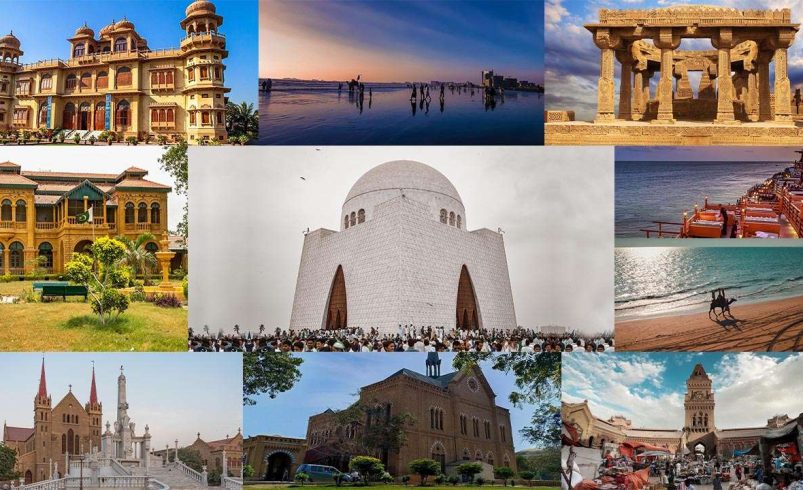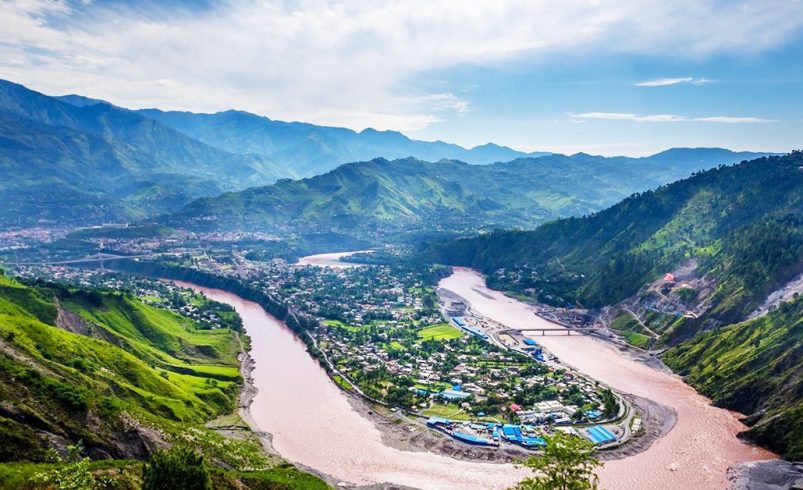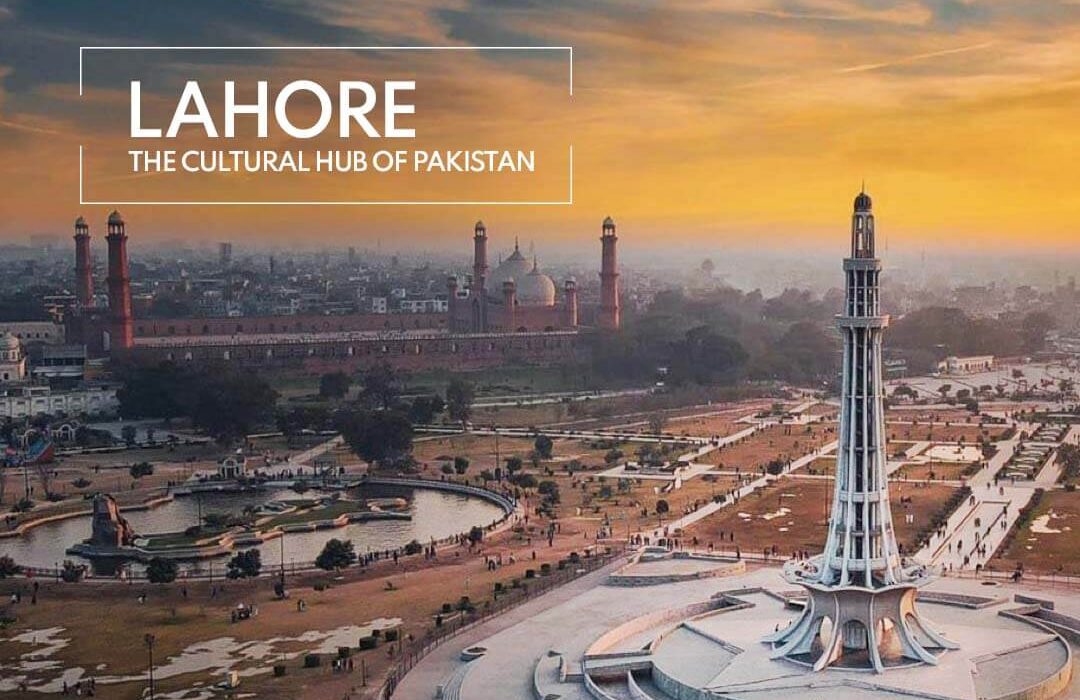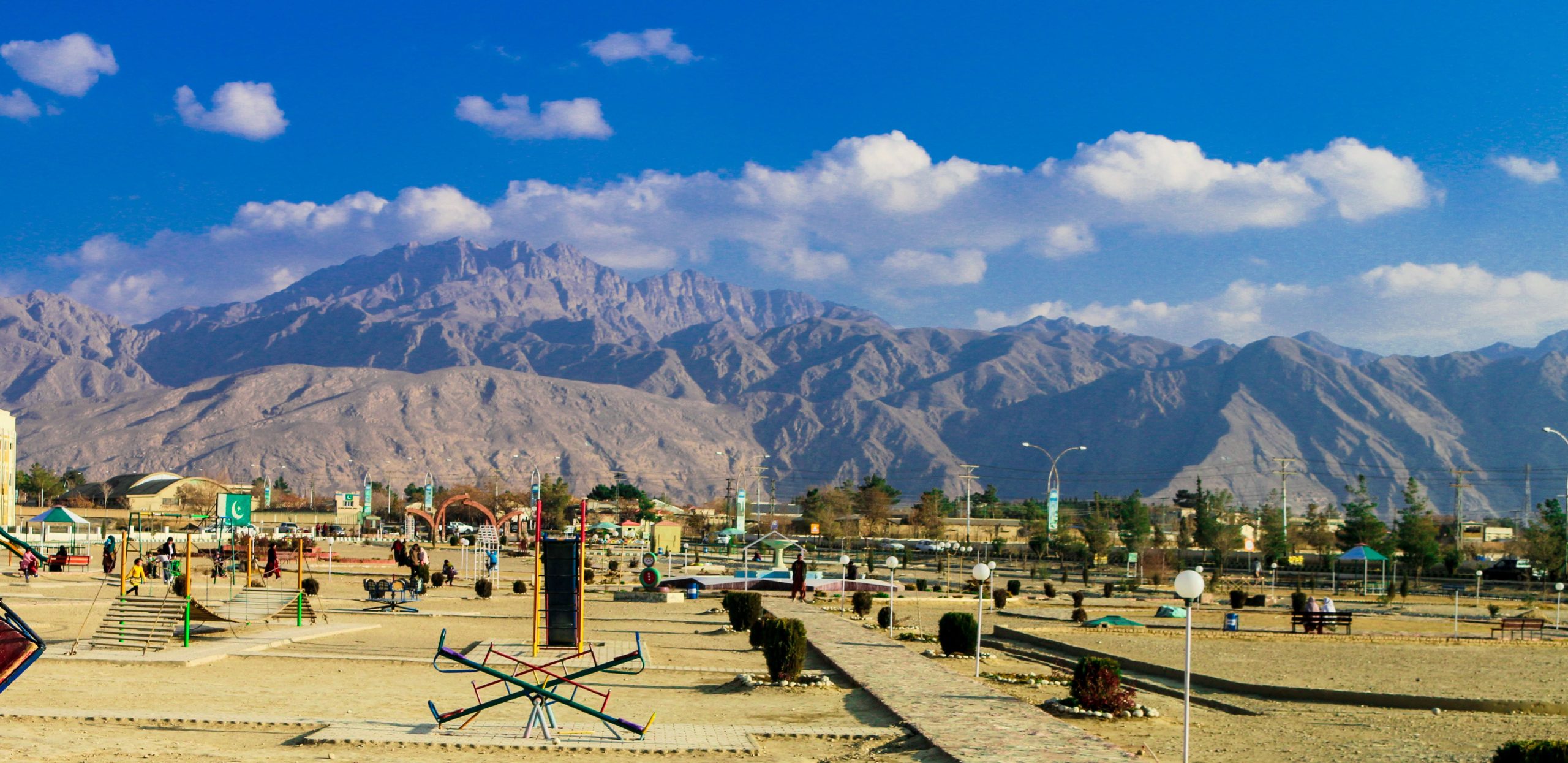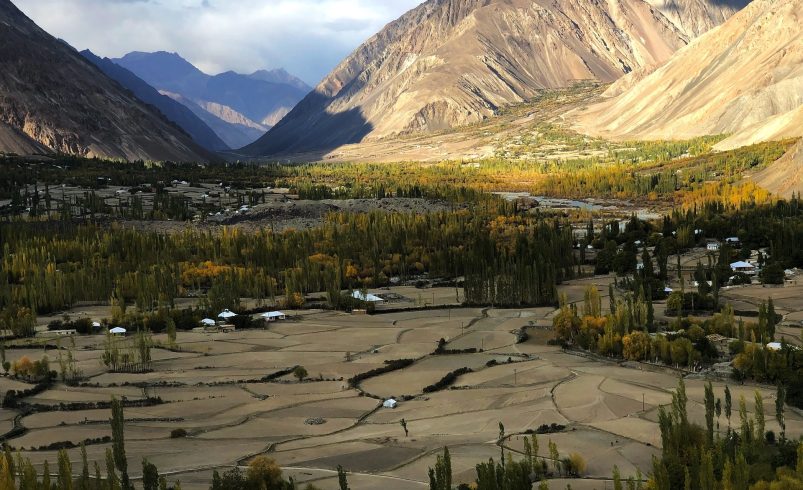
- November 23, 2024
Introduction
Chitral, a breathtaking valley in the Khyber Pakhtunkhwa province of Pakistan, is a land of unparalleled beauty, rich history, and vibrant culture. Nestled among the Hindu Kush mountains, this enchanting region offers spectacular landscapes, ancient traditions, and thrilling adventures. Whether you’re a nature enthusiast, a history buff, or an adventure seeker, Chitral travel guide will help you explore this hidden gem to the fullest.
History
The history of Chitral dates back centuries, with influences from Persians, Greeks, and Central Asian tribes. The region was once a part of the Great Kushan Empire and later fell under the rule of the Katoor Dynasty, which maintained its independence until it became part of Pakistan in 1947. The historical forts, ancient mosques, and remnants of old kingdoms make Chitral tourism an intriguing journey through time.
Cultural Heritage
Chitral is home to the Kalash people, one of the most fascinating indigenous communities in the world. Their colorful festivals, unique customs, and traditional dances are a sight to behold. The locals take pride in their hospitality, folk music, and traditional handicrafts, making your visit to Chitral a culturally enriching experience.
Best Time to Visit
- Spring (March-May): Blooming flowers, moderate weather, ideal for sightseeing.
- Summer (June-August): Perfect for trekking and outdoor activities.
- Autumn (September-November): Golden landscapes, less crowded, great for photography.
- Winter (December-February): Snow-covered beauty, best for winter sports lovers.
How to Reach
From Gilgit via Shandur Pass (seasonal route, only open in summer).
- By Air: Direct flights from Islamabad to Chitral Airport (subject to weather conditions).
- By Road:
From Islamabad via Dir and Lowari Tunnel (8-10 hours drive).
From Peshawar via Dir and Lowari Tunnel (6-8 hours drive).
Places to Visit
1. Chitral Fort
- Introduction: A historical fort that once served as the residence of Chitrali rulers.
- Location: Near the Chitral River, close to the main bazaar.
- Nearby Places: Shahi Mosque (100m), Chitral Museum (200m)
- Key Attractions: Traditional architecture, scenic river views, historical artifacts.
- Best Time to Visit: Spring and summer.
- Activities to Do: Explore the fort, photography, guided historical tours.
- Cultural Significance: A symbol of Chitral’s royal past and strategic military importance.
2. Kalash Valley
- Introduction: Home to the Kalash tribe, famous for their unique culture and festivals.
- Location: Bumburet, Rumbur, and Birir valleys in the Hindu Kush range.
- Nearby Places: Ayun Valley (12km)
- Key Attractions: Kalash festivals (Chilam Joshi, Uchau), wooden houses, local museums.
- Best Time to Visit: May (for Chilam Joshi Festival) and September (for Uchau Festival).
- Activities to Do: Cultural immersion, trekking, photography, attending local festivals.
- Cultural Significance: The Kalash people are known for their distinct language, animist religion, and traditional attire.
3. Shandur Pass
- Introduction: The “Roof of the World,” famous for the annual Shandur Polo Festival.
- Location: 3,700m above sea level, connecting Chitral with Gilgit-Baltistan.
- Nearby Places: Ghizer Valley (45km), Mastuj (40km)
- Key Attractions: Polo ground, panoramic mountain views, camping spots.
- Best Time to Visit: July (Shandur Polo Festival).
- Activities to Do: Polo watching, trekking, camping, sightseeing.
- Cultural Significance: The Shandur Polo Festival is a historic event showcasing traditional freestyle polo.
4. Garam Chashma
- Introduction: A natural hot spring with healing properties.
- Location: 45km from Chitral town.
- Nearby Places: Lotkoh Valley (10km), Shoghore village (15km)
- Key Attractions: Hot water baths, stunning landscapes, local markets.
- Best Time to Visit: Summer and autumn.
- Activities to Do: Relaxing in hot springs, hiking, exploring nearby villages.
- Cultural Significance: Local beliefs say the hot spring waters have medicinal properties.
5. Ayun Valley
- Cultural Significance: The valley serves as a gateway to Kalash Valleys.
- Introduction: A beautiful valley with stunning views of the Hindu Kush mountains.
- Location: 12km from Chitral town.
- Nearby Places: Kalash Valley (12km), Chitral Fort (10km)
- Key Attractions: River views, lush green meadows, traditional wooden houses.
- Best Time to Visit: Spring and summer.
- Activities to Do: Hiking, fishing, photography, local interactions.
Activities to Do
- Trekking to Tirich Mir Base Camp
- Fishing in Chitral River
- Exploring Shandur Polo Festival
- Visiting ancient mosques and forts
- Wildlife spotting in Chitral Gol National Park
Where to Stay
- Luxury: Hindukush Heights Hotel, Ayun Fort Inn.
- Mid-Range: Pamir Riverside Inn, Terichmir View Hotel.
- Budget: Kalash Guest House, PTDC Motel.
What to Eat
- Local Delicacies: Chitrali Shapik, Kabuli Pulao, and Diram Fitti.
- Street Food: Chapli Kabab, Handmade Bread.
Estimated Costs in PKR
- Accommodation: 3,000 – 15,000/night
- Food: 500 – 2,000/meal
- Transport: 5,000 – 15,000 (depending on route)
Suggested Itinerary from Islamabad
Travel from Islamabad to Chitral – Day 1
- Departure from Islamabad early morning.
- Stopover at Dir for refreshments.
- Travel through Lowari Tunnel to reach Chitral.
- Check-in at a hotel and explore the local bazaar.
Explore Chitral Fort and Shahi Mosque – Day 2
- Visit Chitral Fort and learn about its history.
- Explore the nearby Shahi Mosque.
- Enjoy an evening walk along the Chitral River.
Visit Kalash Valley – Day 3
- Travel to Kalash Valley (Bumburet, Rumbur, or Birir).
- Explore Kalash villages, interact with locals.
- Experience Kalash cultural activities and festivals.
Trekking and Sightseeing in Ayun Valley – Day 4
- Visit Ayun Valley for scenic landscapes.
- Enjoy hiking and nature photography.
- Relax in a riverside guesthouse.
Day Trip to Shandur Pass and Mastuj – Day 5
- Early morning departure for Shandur Pass.
- Visit Mastuj Village for local culture.
- Return to Chitral in the evening.
Travel Back to Islamabad – Day 6
- Stop for sightseeing in Dir before reaching Islamabad.
- Check out and begin the return journey.
Nearby Places & Distances
- Mastuj Valley: 3-hour drive
- Shandur Pass: 4-hour drive
- Swat Valley: 7-hour drive
Travel Packing Checklist
- Warm clothes (if visiting in winter)
- Trekking shoes
- First-aid kit
Emergency Contacts & Health Precautions
- Chitral Hospital: 0943-412719
- Rescue 1122: Available in Chitral
- Police: 15
Travel Tips
- Carry sufficient cash as ATMs are limited.
- Respect local culture and traditions.
- Avoid traveling at night on mountainous roads.
FAQs
1. What is the best time to visit?
Without a doubt, the best time to visit Chitral depends on your preference. If you enjoy lush green landscapes and pleasant weather, May to September is ideal. However, for snowfall lovers, December to February offers a magical winter experience.
2. How can I reach Chitral from Islamabad?
To begin with, you have two main options: by air and by road. PIA operates flights from Islamabad to Chitral, but they are subject to weather conditions. Alternatively, you can take a scenic road trip via the Lowari Tunnel, which takes approximately 10-12 hours.
3. Is Chitral safe for tourists?
Generally speaking, Chitral is one of the safest places in Pakistan for tourists. The local people are incredibly hospitable, and the crime rate is very low. However, as with any travel destination, it’s advisable to stay informed and follow local guidelines.
4. What are the must-visit places?
In case you’re wondering, Chitral Fort, Kalash Valley, Shandur Pass, Garam Chashma, and Ayun Valley are some of the top places to explore. Each of these destinations offers unique experiences, from historical sites to breathtaking landscapes.
5. What kind of accommodations are available in Chitral?
Thankfully, Chitral offers a range of accommodations suitable for all budgets. You can stay at luxury hotels like Hindukush Heights, opt for mid-range options like PTDC Motel, or choose budget-friendly guest houses.
6. What local food should I try in Chitral?
When it comes to food, Chitral has some delicious traditional dishes to offer. Don’t miss out on Chapshuro (Chitrali meat pie), Mantus (dumplings), Chitrali Pulao, and Kalli (butter tea).
7. What are the transportation options within Chitral?
Fortunately, getting around Chitral is quite easy. You can use local taxis, rent a car, or even hire jeeps for off-road travel to remote areas like Kalash Valley or Shandur Pass.
8. Do I need a permit to visit Chitral?
In most cases, no special permit is required for Pakistani tourists. However, foreign tourists may need a No Objection Certificate (NOC) to visit certain restricted areas, particularly near the Afghan border.
9. What activities can I do in Chitral?
If you love adventure, Chitral has plenty to offer. You can go trekking in the Hindu Kush mountains, enjoy fishing in the Chitral River, explore Kalash Valley’s cultural heritage, or attend the famous Shandur Polo Festival.
10. What should I pack for a trip to Chitral?
Before setting off, make sure to pack warm clothing (especially in winter), trekking shoes, a power bank, sunscreen, and any necessary medications. Since the weather can be unpredictable, it’s always good to be prepared.
Conclusion
In summary, Chitral is a hidden gem of Pakistan that offers a perfect blend of natural beauty, rich culture, and adventure. Whether you’re drawn to the vibrant Kalash festivals, the serene valleys, or the breathtaking mountain landscapes, there’s something for every traveler.
Moreover, with diverse activities ranging from trekking and sightseeing to cultural exploration, Chitral ensures an unforgettable experience. The warm hospitality of the locals, the delicious traditional cuisine, and the peaceful environment make it an ideal destination for those seeking an escape from city life.
All things considered, planning your trip carefully—choosing the right season, packing wisely, and exploring the must-visit spots—will help you make the most of your journey. So, if you’re looking for a destination that offers history, adventure, and scenic beauty all in one, Chitral should definitely be on your bucket list.


